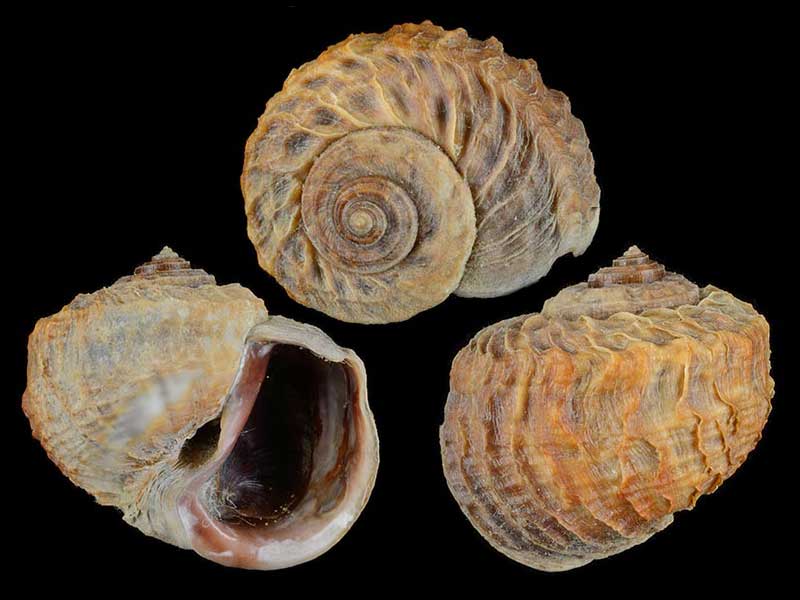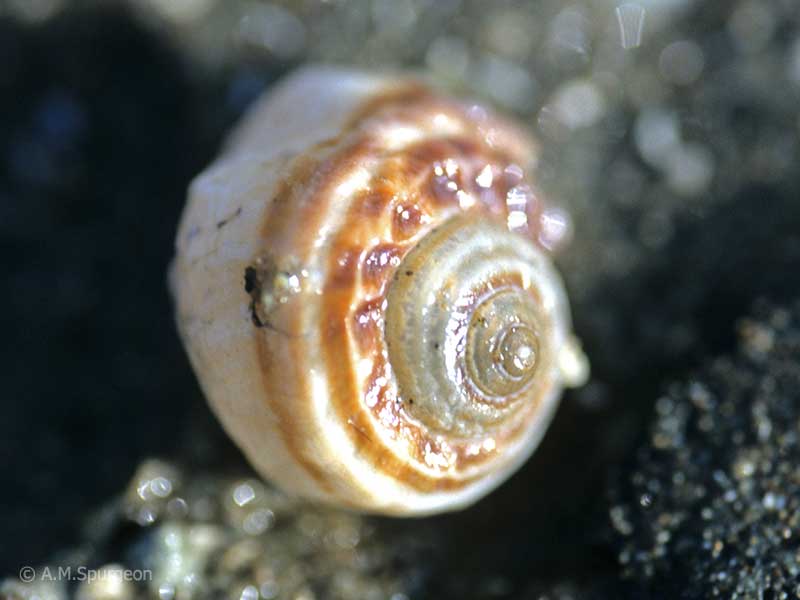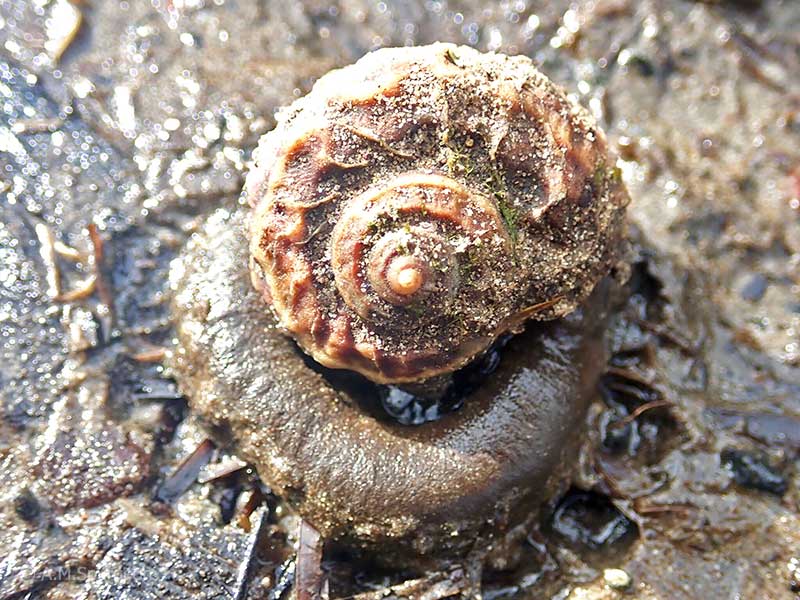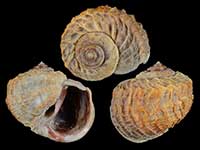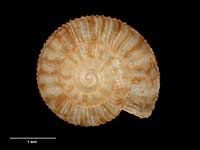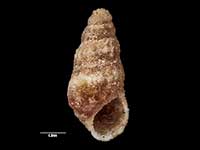Compare Amphibola crenata
| toggle to add to compare list |
Taxonomy
Family: AMPHIBOLIDAE Full Classification: Mollusca (Phylum) > Gastropoda (Class) > Heterobranchia (Subclass) > Euthyneura (Infraclass) > Tectipleura (Subterclass) > Pylopulmonata (Superorder) > Amphiboloidea (Superfamily) > Amphibolidae (Family) > Amphibola (Genus) > crenata (Species) Genus Synonyms: =Ampullacera Quoy & Gaimard, 1832 =Thallicera Swainson, 1840 Synonymised Names: =Amphibola australis Schumacher, 1817 =Amphibola avellana (Bruguière, 1789) =Amphibola crenata (Martyn, 1786) =Amphibola obvoluta Jonas, 1846 =Bulimus avellana Bruguière, 1789 =Cyclostrema obliquata Hutton, 1885 =Helix crenata Gmelin, 1791 =Limax crenata Martyn, 1786 |
Images: Amphibola crenata (Gmelin, 1791)
Taxonomy
Family: AMPHIBOLIDAE Full Classification: Mollusca (Phylum) > Gastropoda (Class) > Heterobranchia (Subclass) > Euthyneura (Infraclass) > Tectipleura (Subterclass) > Pylopulmonata (Superorder) > Amphiboloidea (Superfamily) > Amphibolidae (Family) > Amphibola (Genus) > crenata (Species) Genus Synonyms: =Ampullacera Quoy & Gaimard, 1832 =Thallicera Swainson, 1840 Synonymised Names: =Amphibola australis Schumacher, 1817 =Amphibola avellana (Bruguière, 1789) =Amphibola crenata (Martyn, 1786) =Amphibola obvoluta Jonas, 1846 =Bulimus avellana Bruguière, 1789 =Cyclostrema obliquata Hutton, 1885 =Helix crenata Gmelin, 1791 =Limax crenata Martyn, 1786 |
Details: Amphibola crenata (Gmelin, 1791)
Size/Grows to:
Height 39mm
Distribution:
North and South Islands. On high-tidal mud-flats
Geographical Range:
ACF
Notes:
Species Links
Distribution Map
References and Publications
- Hayward, B.W. Sep/2009 Mass mating of the mud snail, Amphibola crenata, Poirieria, 34 (p.23)
- Golding, R.E., Ponder, W.F., Byrne, M. 2007 Taxonomy and anatomy of Amphiboloidea (Gastropoda: Heterobranchia: Archaeopulmonata), Zootaxa, 1476 (p.7)
- Walsby, J.R., Morton, J.E. 1982 Chitons, Limpets & Topshells & Pulmonates (Amphineura, Archaeogastropoda & Pulmonata), Marine Molluscs, University of Auckland, Leigh Marine Laboratory, 1 (p.77)
- Gardner, N.W. May/1980 Amphibola crenata (Gmelin, 1791), Poirieria, 10(5) (p.82)
- Powell, A.W.B. 1979 New Zealand Mollusca: Marine, Land and Freshwater Shells, Collins, Auckland (p.294)
Key to Geographical Ranges
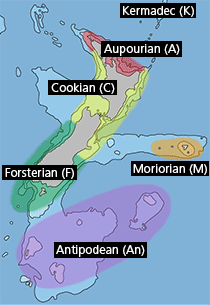
The symbols K.A.C.F.M.An. are used to indicate the geographical range of the species.
They have been adopted to give an approximation of the range of each species within New Zealand.
K=
Kermadec Islands
A=
Aupourian - Kaipara Harbour, north around North Cape, encompassing the Three Kings Islands and south to East Cape
C=
Cookian - Lower North Island and the northern part of the South Island
F=
Forsterian - Otago, Fiordland and Stewart Island
M=
Moriorian - Chatham Islands, Pitt Island
An=
Antipodean - Subantarctic Islands of New Zealand
Fw =
Freshwater
L =
Land
N =
North Island
S =
South Island
R =
Recent
Sf =
Subfossil
Fo =
Fossil
